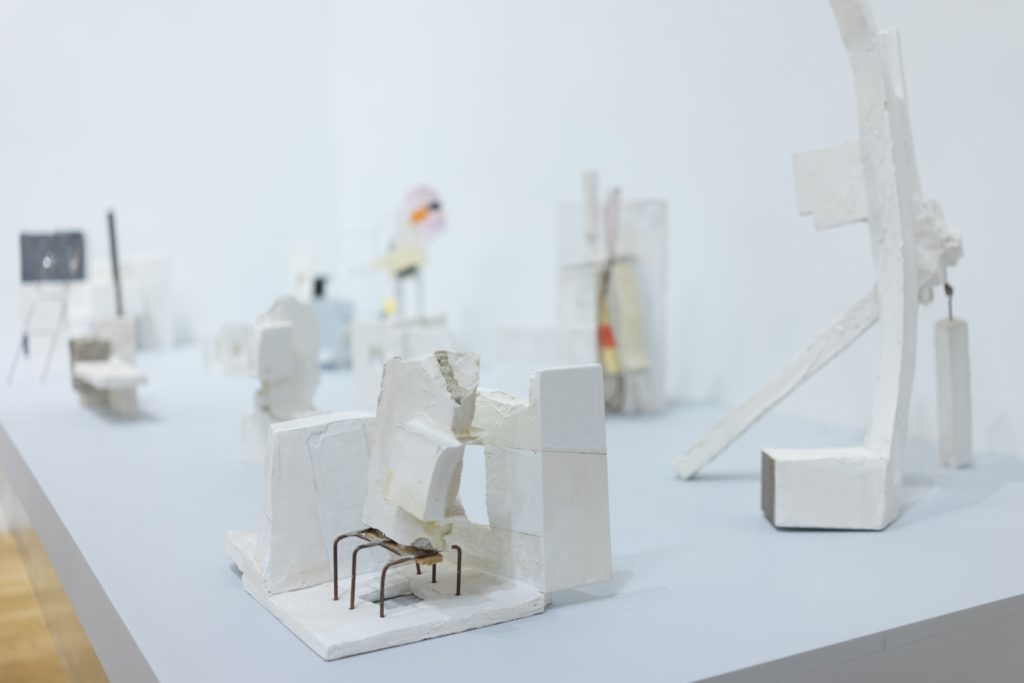
James Scott’s Summer Streaming continues with the following schedule:
July 6 – 12: The Great Ice Cream Robbery (1971) 40 mins
July 13 – 19: Coilin and Platonida (1976) 80 mins
July 20 – 26: Nightcleaners (1975) 90 mins
July 27 – August 2: ’36 to ’77 (1978) 85 mins
August 3 – 9: Fragments (2019) 43 mins
To view any of the films in the summer’s rotating schedule, go to https://vimeo.com/404435215/27ac239848.
In The Great Ice Cream Robbery (1971), which was proposed to the Arts Council as a two-screen film, the idea was to mirror the language and philosophy of Oldenburg towards temporality and ephemerality in the nature of the work: happenings, soft materials, impermanence. With two 16mm projectors and separate sound systems, its form of presentation would insure the potential of change every time the film was shown. Sadly, it meant that over the years, the film was rarely screened except by risk-averse and totally dedicated curators. Now for the first time in the digital age, it is actually possible to see this as a two-screen presentation as close as possible to how it was originally intended to be seen. We suggest using headphones or a stereo sound system for viewing.
As we were editing The Great Ice Cream Robbery, I also started to work with my friend Marc Karlin on a political documentary about janitors (mostly immigrant women of colour and Irish women) who worked through the night, cleaning office buildings. Little did we realize that we had embarked on a five-year project. We were joined by Humphry Trevelyan and Mary Kelly and called ourselves the Berwick Street Film Collective. Nightcleaners came out in 1975 at the Edinburgh Film Festival.
After the intensity of Nightcleaners, I wanted to move to a completely different kind of film and in 1975 began Coilin and Platonida for German television. This was to be a silent narrative film set in a remote part of Ireland at the turn of the century and based on a Russian short story by Leskov. I had come across the story in Walter Benjamin’s essay on storytelling. This essay very much influenced my filmic approach using 8mm refilmed to 16mm. I found local non-professionals to play the parts as well as using my two young children.
Upon completing Coilin and Platonida, Marc drew me back once more into the Nightcleaners story. It had been a struggle without an end. The victory strike at the Ministry of Defense had come too late to be included in ‘Part 1’ and so the new film, ‘36 to ‘77 (1978) was to take this victory, and through the eyes of Myrtle, one of the janitors, look back on the campaign and reflect on how it had changed her life.
We end up with my last film Fragments, which in some ways connects to the first art film with David Hockney, Love’s Presentation. Fragments is a film about the painter Derek Boshier preparing for a new exhibition. Both Love’s Presentation and Fragments are films about process, but separated by over 50 years. Derek and David first met at the Royal College of Art and remain friends to this day. Both started as ‘pop’ artists and then followed very different trajectories.
Fragments was completed at the end of last year and premiered in January 2020 at the Rotterdam International Film Festival.
– James Scott
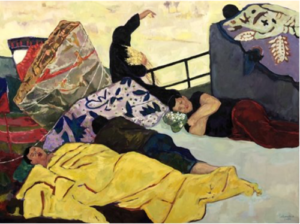



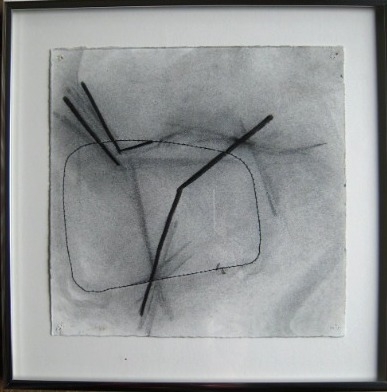
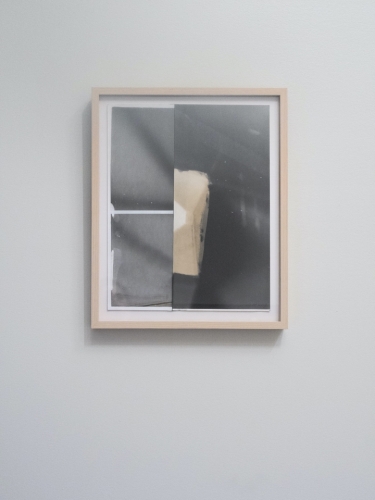
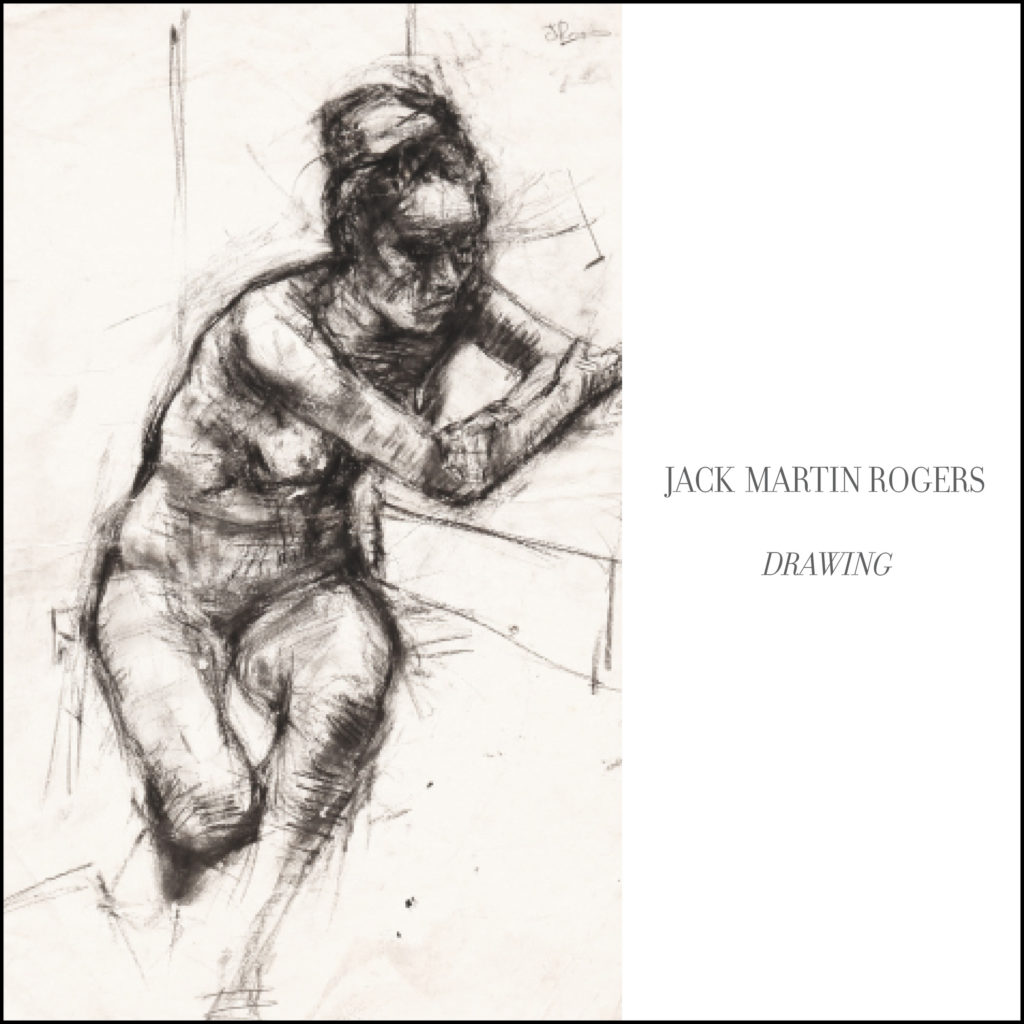
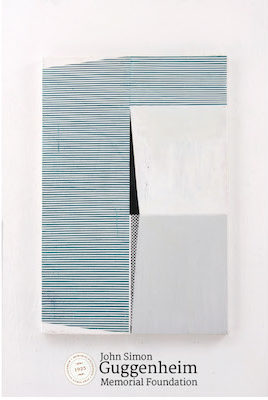 On April 8, 2020, the Board of Trustees of the John Simon Guggenheim Memorial Foundation approved the awarding of Guggenheim Fellowships to a diverse group of 175 scholars, artists, and writers. Appointed on the basis of prior achievement and exceptional promise, the successful candidates were chosen from a group of almost 3,000 applicants in the Foundation’s ninety-sixth competition.
On April 8, 2020, the Board of Trustees of the John Simon Guggenheim Memorial Foundation approved the awarding of Guggenheim Fellowships to a diverse group of 175 scholars, artists, and writers. Appointed on the basis of prior achievement and exceptional promise, the successful candidates were chosen from a group of almost 3,000 applicants in the Foundation’s ninety-sixth competition.